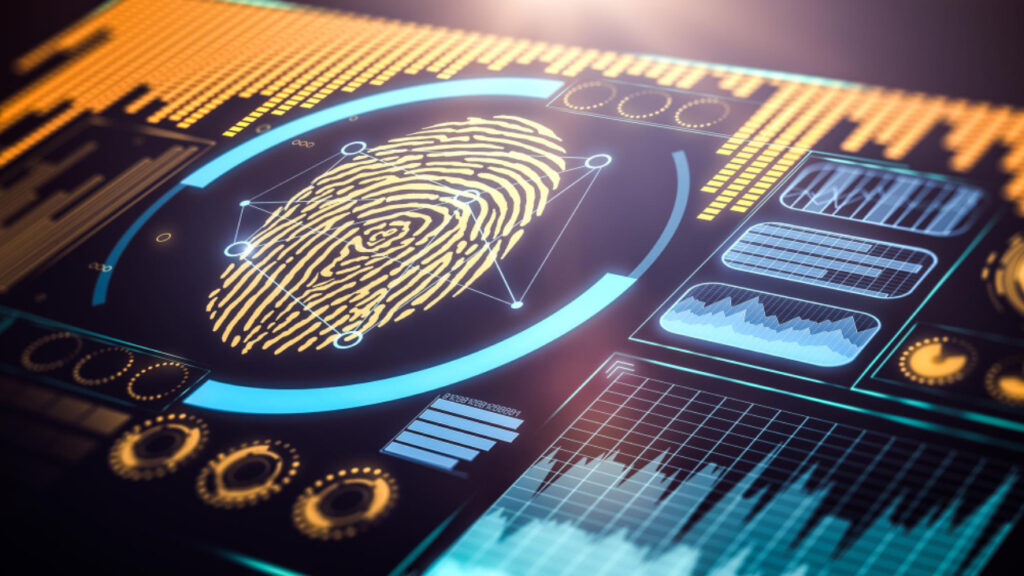Bahaa Abdul Hadi is an Identity Management expert and regularly shares his experiences with his audience through his blogs.
A biometric template is a mathematical representation of the distinctive characteristics of a person’s biological trait. The term is used in biometrics, where traits can be used to identify individuals with high accuracy.
Biometric templates have become increasingly common in recent years, as the technology to create and store them has become more sophisticated. They are now used in a variety of applications, including security, forensics, and identification.
The most common biometric trait is a fingerprint, but templates can also be created for iris patterns, hand geometry, and even DNA. The template is created by measuring the trait, and then mathematically representing it.
The accuracy of a biometric template depends on a number of factors, including the quality of the measurement, the algorithm used to create the template, and the number of traits used. Nonetheless, biometric templates are generally much more accurate than other identification methods, such as passwords or ID cards.
Pros and cons
One of the main advantages of biometric templates is that they are very difficult to forge. This is because they rely on physical characteristics that are unique to each individual. Forgery is also difficult because the template must be created from a very high-quality measurement of the trait.
Another advantage of biometric templates is that they can be used to identify individuals who are not present at the time of the measurement. This is possible because the template can be stored and later used to identify the individual. This is particularly useful in situations where an individual’s identity needs to be verified, but they are not available to provide identification themselves.
One of the main disadvantages of biometric templates is that they can be expensive to create and store. Additionally, they require specialized skills and equipment to create and maintain.
Despite these disadvantages, biometric template technology is likely to continue to grow in popularity, due to its many advantages.
Challenges
Biometric templates are the most secure and robust option for capturing information about an individual. However, creating a biometric template can be challenging.
The first challenge is getting tech support from a company that understands your needs and can get it done effectively. This can be tricky if you’re doing it in-house with a small team.
The second challenge is understanding how to create a unique template for each user and use it correctly. This challenge arises when people create templates for new hires or when companies need multiple templates for different functions or departments.
Thank you for your interest in Bahaa Abdul Hadi blogs. For more information, please visit www.bahaaabdulhadi.com.







